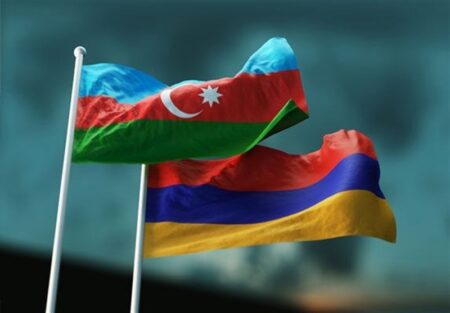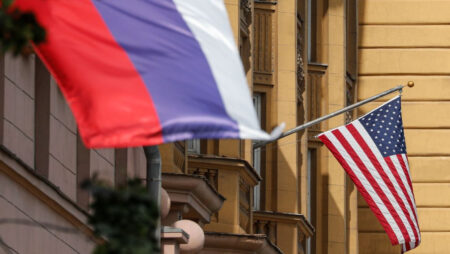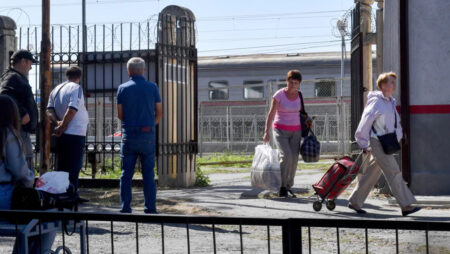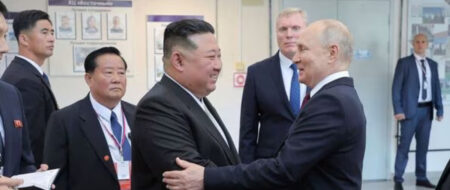
On Tuesday in Siberia, Russian nuclear submarines sailed off for training in the Barents Sea. At the same time, mobile missile launchers patrolled the snow forests, following President Vladimir Putin’s order to put his country’s nuclear forces on high alert due to tensions with the West over the invasion of Ukraine.
Several of Russia’s nuclear submarines were involved in exercises aimed to “practice maneuver in stormy conditions,” according to a statement from the Northern Fleet.
The maneuvers would include numerous warships assigned with protecting the Kola Peninsula in northwest Russia, which is home to multiple naval bases.
According to a statement from the Defence Ministry, the Strategic Missile Forces scattered Yars intercontinental ballistic missile launchers in forests in forests in the Irkutsk region of eastern Siberia to rehearse secret deployment.
The military declined to comment on whether the drills were in response to Putin’s decision to put the country’s nuclear forces on high alert due to Russia’s conflict in Ukraine.
It was also unclear whether the drills signaled a shift in the country’s routine nuclear-training activities or posture.
Putin’s proclamation covered all elements of Russia’s nuclear triad, which includes nuclear submarines armed with intercontinental ballistic missiles, nuclear-tipped land-based ICBMs, and nuclear-capable strategic bombers, similar to the US nuclear triad.
The United States and Russia have the world’s two greatest nuclear arsenals by far.
The US claimed Putin’s move worsened an already hazardous situation unnecessarily, but it hasn’t changed its nuclear weapons alert level yet, maybe because it’s unclear what the Russian president’s order means in practice.
The land- and submarine-based portions of Russia’s and the United States’ strategic nuclear forces are always on alert and ready for conflict, but nuclear-capable bombers and other aircraft are not.
Another party might be alarmed if one party increased bomber nuclear-combat readiness or sent more ICBM-carrying submarines to sea.
Russia depends more heavily on nuclear-tipped intercontinental ballistic missiles stored in silos or mounted on mobile launchers than the United States.
It may be more difficult to detect and analyze a change in their preparedness level.
Putin’s directive ratcheted up already high tensions, evoking memories of the 1962 Cuban Missile Crisis when Moscow and Washington were on the verge of a nuclear war.
Putin noted “aggressive words” from NATO allies as well as new, punishing Western sanctions that froze Russia’s hard currency reserves. This unprecedented action threatened to devastate the country’s economy and finances.
According to Putin’s and other Russian officials’ most recent pronouncements, the Kremlin sees Western sanctions as a threat on par with military assault.
On Tuesday, Dmitry Medvedev, a deputy head of Russia’s Security Council, reacted to French Finance Minister Bruno Le Maire’s remarks that the European Union would launch an all-out economic and financial “war” against Russia.
“Today, several French ministers have stated that they have begun an economic war on Russia,” said Medvedev, who served as Russia’s interim president from 2008 to 2012 when Putin was forced to step down due to term restrictions.
“Gentlemen, be careful what you say! And don’t forget that economic warfare has frequently developed into real wars in human history.”
Published By: Khushboo Mehta
Edited By: Kritika Kashyap













